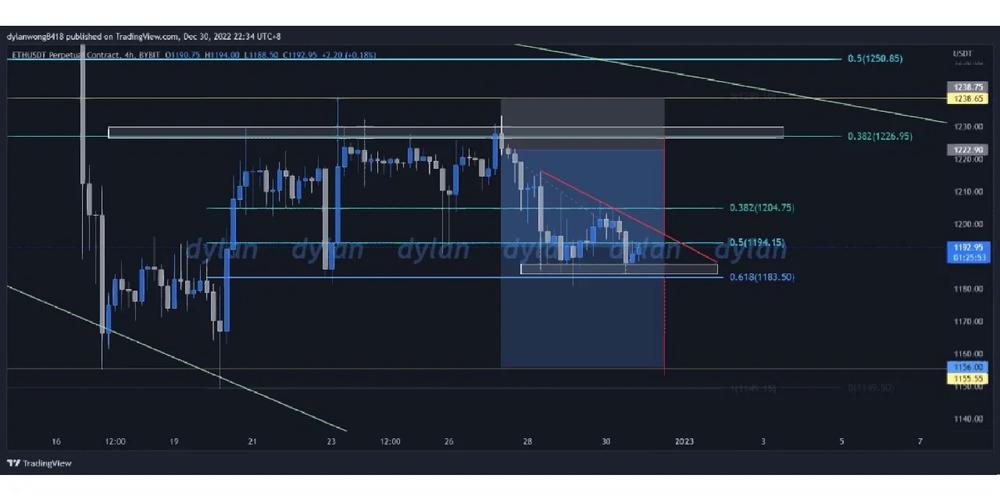Eth Checksum: A Comprehensive Guide
Understanding the concept of an eth checksum is crucial for anyone delving into the world of Ethereum and blockchain technology. An eth checksum, also known as an Ethereum checksum, is a unique identifier for Ethereum addresses. It ensures the integrity and security of transactions on the Ethereum network. In this article, we will explore the various aspects of eth checksums, including their purpose, how they work, and their significance in the Ethereum ecosystem.
What is an Eth Checksum?
An eth checksum is a 42-character hexadecimal string that is appended to an Ethereum address. It serves as a way to verify the address’s correctness and prevent common errors such as typos or incorrect case. The checksum is generated using a specific algorithm that takes into account the address’s prefix and the first eight characters of its hash.

How Does an Eth Checksum Work?
The eth checksum algorithm is based on the RIPEMD-160 hash function. Here’s a step-by-step breakdown of how it works:
- The Ethereum address is prefixed with ‘0x’.
- The address is then hashed using the RIPEMD-160 algorithm.
- The resulting hash is converted to a 20-byte hexadecimal string.
- The first eight characters of the hash are used to determine the checksum.
- The checksum is appended to the original address, separated by two colons.
For example, consider the Ethereum address ‘0x1234567890abcdef1234567890abcdef’. The checksum for this address would be calculated as follows:
| Address | Checksum |
|---|---|
| 0x1234567890abcdef1234567890abcdef | 0x5e884898da28047151d0e56f8dc6292773603d0d6aabbdd62a11ef721d1542d8 |
Using the first eight characters of the hash, we get ‘5e8848’, which is the checksum. Therefore, the complete address with the checksum would be ‘0x1234567890abcdef1234567890abcdef:5e8848’.
Significance of Eth Checksums
Eth checksums play a vital role in the Ethereum ecosystem for several reasons:

- Preventing Typos: By using checksums, users can easily identify and correct common typos in Ethereum addresses, such as missing or extra characters.
- Ensuring Security: Eth checksums help prevent malicious actors from exploiting typos or incorrect case to steal funds from unsuspecting users.
- Standardization: The use of checksums ensures that Ethereum addresses are standardized and consistent across different platforms and applications.
Best Practices for Using Eth Checksums
When working with eth checksums, it’s essential to follow best practices to ensure the security and integrity of your transactions:
- Always Verify the Checksum: Before sending funds to an Ethereum address, verify the checksum to ensure its correctness.
- Use Reliable Tools: Utilize reliable tools and services that can help you generate and validate eth checksums.
- Be Wary of Phishing Attempts: Be cautious of phishing attempts that may try to trick you into sending funds to incorrect addresses.
Conclusion
In conclusion, eth checksums are an essential component of the Ethereum ecosystem, providing a layer of security and integrity to Ethereum addresses. By understanding how eth checksums work and following best practices, users can ensure the safety of their transactions and contribute to the overall stability of the Ethereum network.
